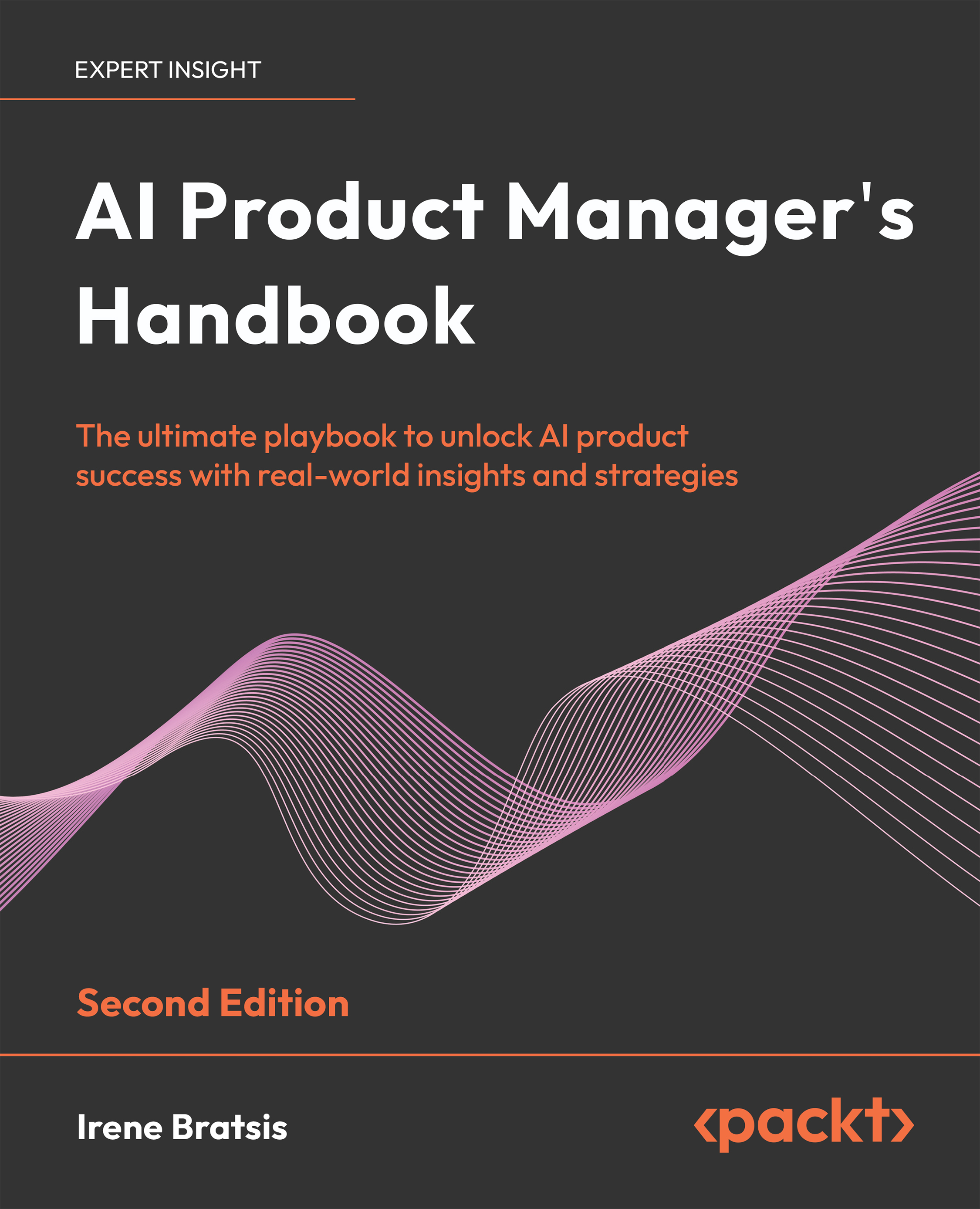Productizing AI-powered outputs – how AI product management is different
In this section, we will be exploring the difference between product management for traditional products and AI/ML products. At first glance, it may seem that AI/ML products aren’t that different from traditional products. We’re still creating a baseline of value, use, performance, and functionality and optimizing that baseline as best we can. This is true for every product as well as for the greater practice of product management, and this won’t change just because our product works with AI.
The true differentiator when it comes to AI products is you’re essentially productizing a service. Think about it for a moment. In order for AI to work, it has to learn from your (or your customers’) data. Different models might work better on different kinds of data. Different datasets will require different hyperparameters from your models. This is the nature of AI/ML. In a way, this means that you could find yourself in a situation where the way you build and structure your product could even change fundamentally from one customer to another, especially at first when you have very few customers.
What this effectively means is you understand how all your customers are benefiting from the AI/ML service you’re providing your customers and establish a standard procedure for recreating that process so that all your customers are able to experience the highest benefit. The general advice when productizing a service is first to find a niche or a specific cohort of customers to reach. We covered the UI/UX designer/researcher role earlier in this chapter; these folks will help you make the most of your customer cohorts and their preferences. If you can understand how AI is most helping your customers through your product and you’re able to focus on what value means for your customers’ success, you’ve begun the first steps of productizing.
The main focus will then be on how to best structure your product and internal processes so that you’re not starting from scratch with every customer. This will be exploratory at first. Perhaps certain models are working better with some customers’ data than others. Perhaps there are specific use cases that didn’t arise until one of your customers asked for them. The basic idea of productizing is finding something that has value and brainstorming to understand where else you can leverage a previous project, output, or process for the betterment of all. Waste not, want not. If you can recycle something for the benefit of your collection of customers, it will add to the success and collective love your product receives.
Productizing services is a familiar concept in consulting where consultants are working project to project and often have to create new engagements with clients with an almost blank slate. But given that our own minds are pattern detection machines, eventually, we start to see similar requests come in or similar use cases pop up. Creating a repeatable process for certain types of customers, verticals, profiles, or use cases is the very essence of productizing. This is exactly what we’re doing with AI/ML products. This is also a way to better anticipate how and why your customers are coming to you and your product specifically so that you know how to share successes and case studies that apply directly to them. The act of productizing will also immensely empower your marketing, sales, customer success, and broader GTM teams.
In many ways, the work of “productizing” ML happens within engineering, the folks responsible for building the application that will administer the models the data science and ML engineers are providing for engineers. You need engineers and developers whether you’re building an AI product or not; these are the builders that turn a great idea, vision, or even roadmap into a tangible product you can experience. They’re also responsible for making sure the product overall can scale, is robust enough to withstand a variety of user behavior, and ensures the product is compatible with various platforms and technologies.
As we have seen in this section, AI/ML product integration is about finding the balance between the outputs of your models and the use cases or groups those outputs are trying to serve. Many PMs come out of the experience of building with AI/ML finding they may need to customize their product for certain cohorts. So, next, let’s address the need for AI customization, should it arise.
































































